Using performance tasks as a way to measure student knowledge
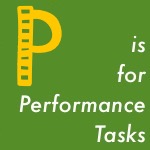 When working with a group of middle school science teachers recently whose goal was to increase the depth of knowledge in their shared common assessments, we explored using Performance Tasks as a way to measure student knowledge and skills gained, as they apply them in novel and real situations.
When working with a group of middle school science teachers recently whose goal was to increase the depth of knowledge in their shared common assessments, we explored using Performance Tasks as a way to measure student knowledge and skills gained, as they apply them in novel and real situations.
It’s the “do” in the KUD (know, understand, and do) that so often gets left behind, but is so important in the world of deep learning.
What defines a performance task?
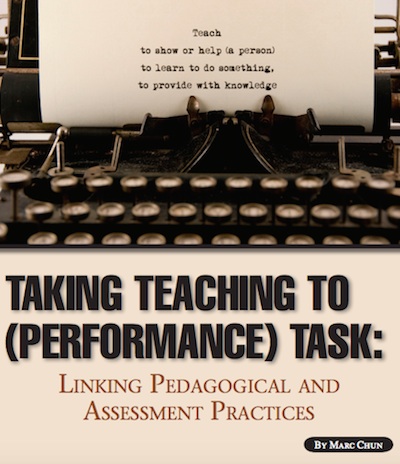 We began by skimming Marc Chun’s excellent article Taking Teaching to (Performance) Task: Linking Pedagogical and Assessment Practices (pdf), where he includes multiple examples of these tasks.
We began by skimming Marc Chun’s excellent article Taking Teaching to (Performance) Task: Linking Pedagogical and Assessment Practices (pdf), where he includes multiple examples of these tasks.
Chun describes the elements of a performance task to include:
- real-world scenarios;
- authentic, complex processes;
- higher order thinking;
- authentic performances; and
- transparent evaluation criteria.
Model Example:
One way to get a grasp on what performance tasks look like is to check out this excellent resource from Steve Bibla and the Toronto District School Board detailing how they created rich performance tasks to teach Ecological Literacy.
Use these resources to start building your own:
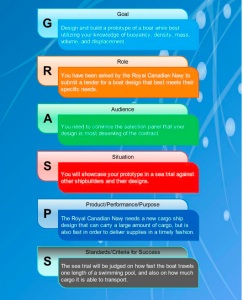 One framework to explore to help us build these tasks is Wiggins and McTighe’s G.R.A.S.P.S. (goal, role, audience, situation, product/performance/purpose, standards) Design Framework.
One framework to explore to help us build these tasks is Wiggins and McTighe’s G.R.A.S.P.S. (goal, role, audience, situation, product/performance/purpose, standards) Design Framework.
Jay McTighe’s article How Can Educators Design Authentic Performance Tasks? provides scaffolded, step-by-step supports in building one from scratch.
But, like all efficient and busy educators, we also know we could save time by searching for existing tasks and adapting them to our specific context/needs.
Enter Ted Curran and his fabulous recycling of existing performance tasks in his post Action-Oriented eLearning with the Humble Webquest. He advocates for revamping the visually dated, but rich in authentic and relevant learning Webquests provide — learning that requires higher order thinking skills and application- – by updating with current technology old Webquests.
 For our science exploration, we used the QuestGarden database and found a Webquest of interest for their upcoming genetics unit: Genetic Testing: How Far Should It Go. If you find you have limited luck using this database, a shortcut is to do a Google search for your topic along with the word Webquest. You might be surprised by what you find.
For our science exploration, we used the QuestGarden database and found a Webquest of interest for their upcoming genetics unit: Genetic Testing: How Far Should It Go. If you find you have limited luck using this database, a shortcut is to do a Google search for your topic along with the word Webquest. You might be surprised by what you find.
Finally, you might find it worth your time to explore the DefinedStem website. While the resources are not free, after seeing the rich resources and performance tasks available, you might find the extra time to write a grant or convince your district to fund access. Check out an example performance task Baseball Bat Analyst (Grade 7) and read a review of the resource here.
But why performance tasks right now?
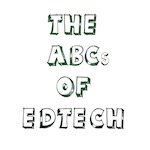 Many Vermont middle schools, as they develop Personal Learning Plans with students, are crafting ways for students to demonstrate proficiency of transferable skills adopted by each school. One way for students to show what they know, understand, and can do, where both content and skills are honored and assessed, is through rich performance tasks.
Many Vermont middle schools, as they develop Personal Learning Plans with students, are crafting ways for students to demonstrate proficiency of transferable skills adopted by each school. One way for students to show what they know, understand, and can do, where both content and skills are honored and assessed, is through rich performance tasks.
A sample performance task for middle school
It’s important for young adolescents to have tasks that demonstrate proficiency while simultaneously allowing them:
- the freedom to explore personally meaningful topics
- space to explore and reflect on who they are and who they’re becoming
- activities that have real-world impact and relevance
Following along those precepts, let’s revisit Wiggins & McTighe’s GRASPS framework for an example activity. Goal, role, audience, situation, product/performance/purpose, standards then might look like:
How could you adapt this performance task activity for your next curriculum unit?
Need to catch up on your edtech ABCs? Check out the full series here.


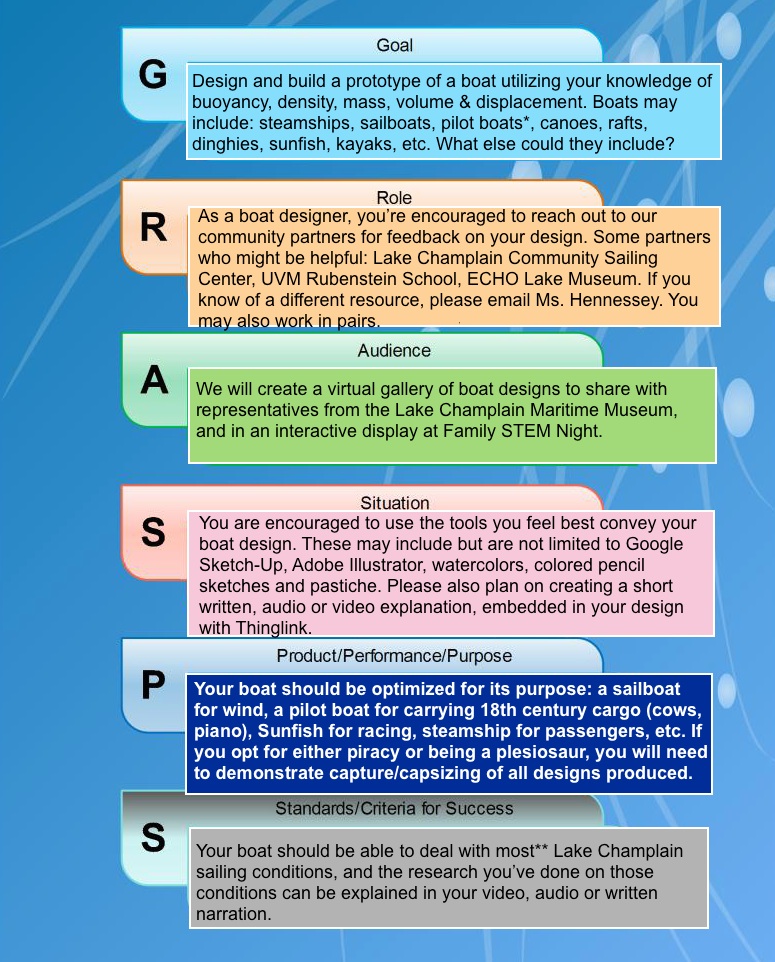
Using performance tasks to measure student knowledge #vted http://t.co/P7xkUnyGux http://t.co/9drAxr5Qpp
Thanks for your kind mention of my post on performance assessment, @hennesss! Great article for #k12 lesson design.
http://t.co/hAity9f9Mq
Looking for some frameworks to measure student knowledge? Check out “P is for Performance Tasks” http://t.co/5zBrf933yW
P is for Performance Tasks http://t.co/sAgvhH7I25 via @innovativeEd
P is for Performance Tasks http://t.co/yxhZefhi8U
ABCs of Edtech: P is for Performance Tasks http://t.co/tps7dhruUL
For the evening crowd: using performance tasks to measure student learning http://t.co/P7xkUnh5CZ
RT @innovativeEd: Using performance tasks to measure student knowledge #vted http://t.co/P7xkUnyGux http://t.co/9drAxr5Qpp
Great suggestions for rethinking authentic learning. P is for Performance Tasks http://t.co/zjbyVh2Ugt #vsla #vted #tlchat
The application of Performance Tasks into measuring student knowledge is indeed an innovative stance. This article is very insightful as it demonstrates the minutes of the elements of a performance task. Thanks for sharing the post.